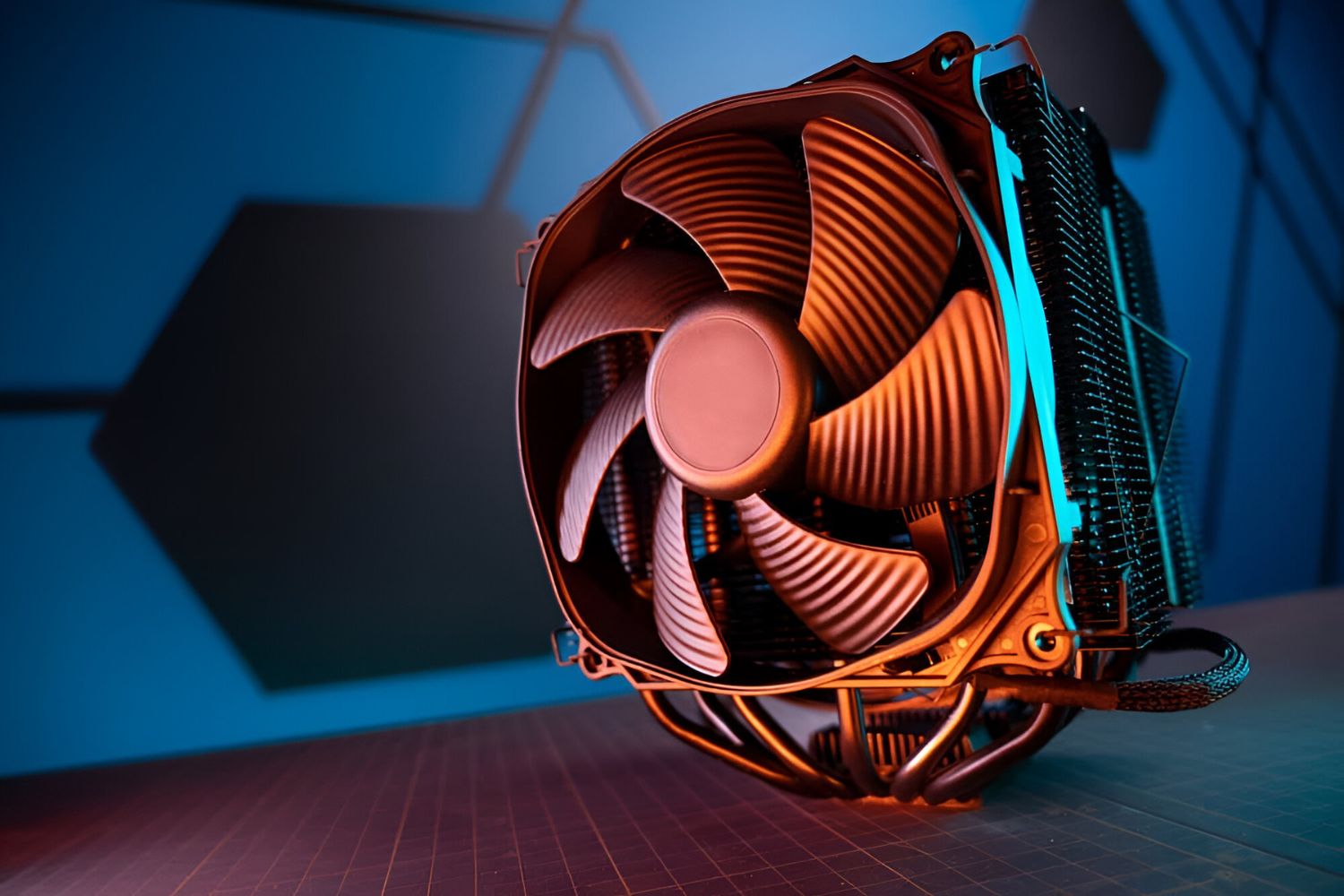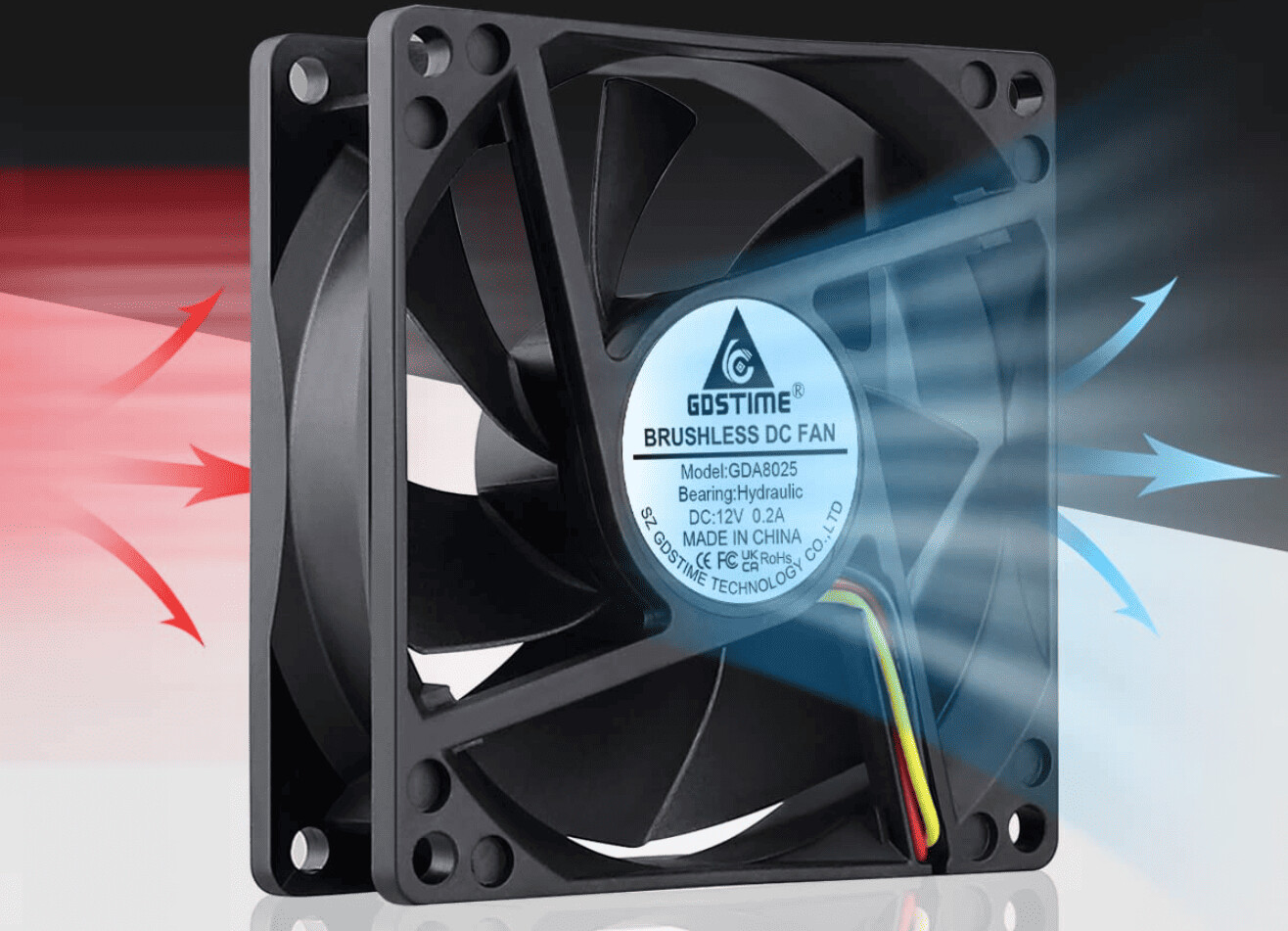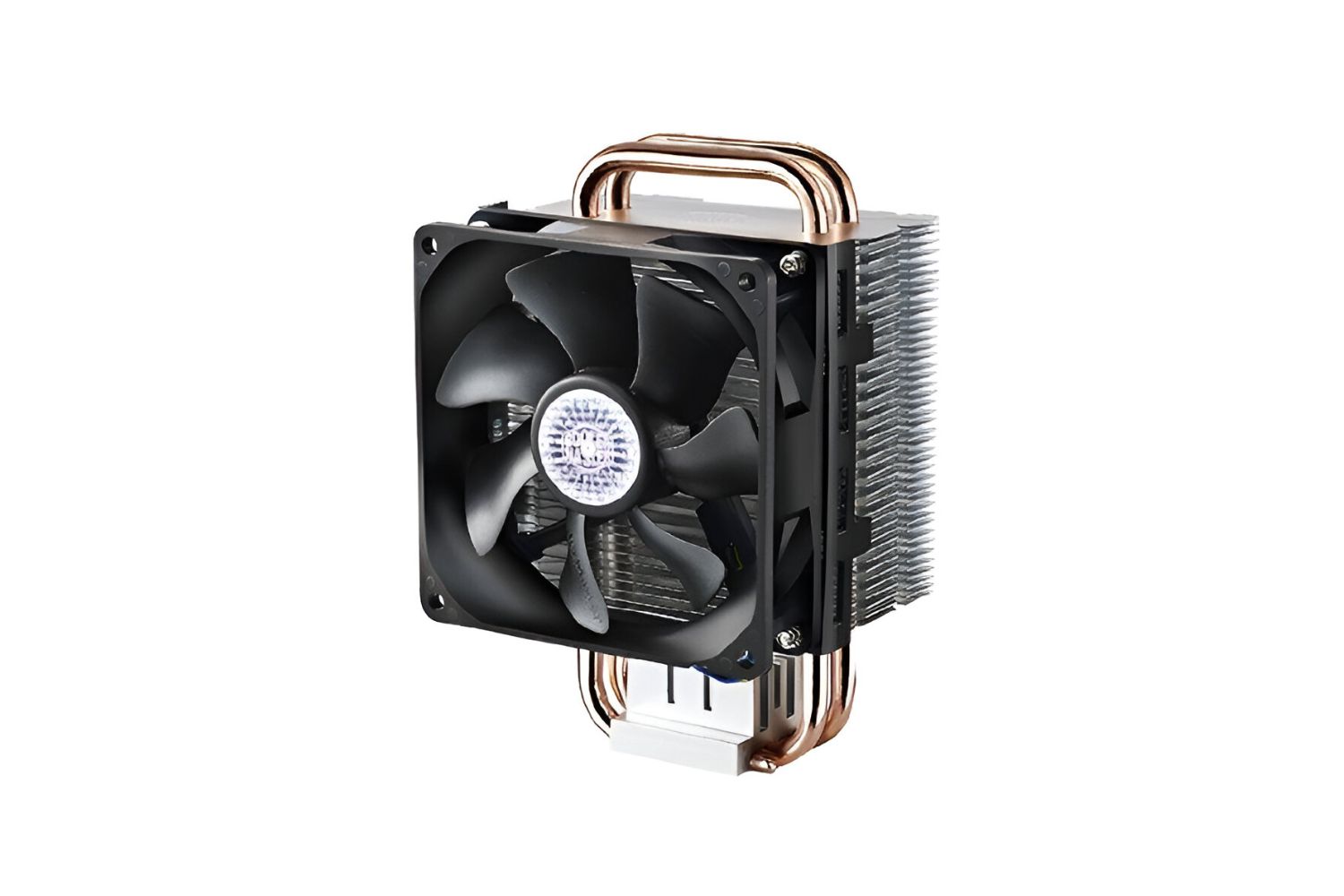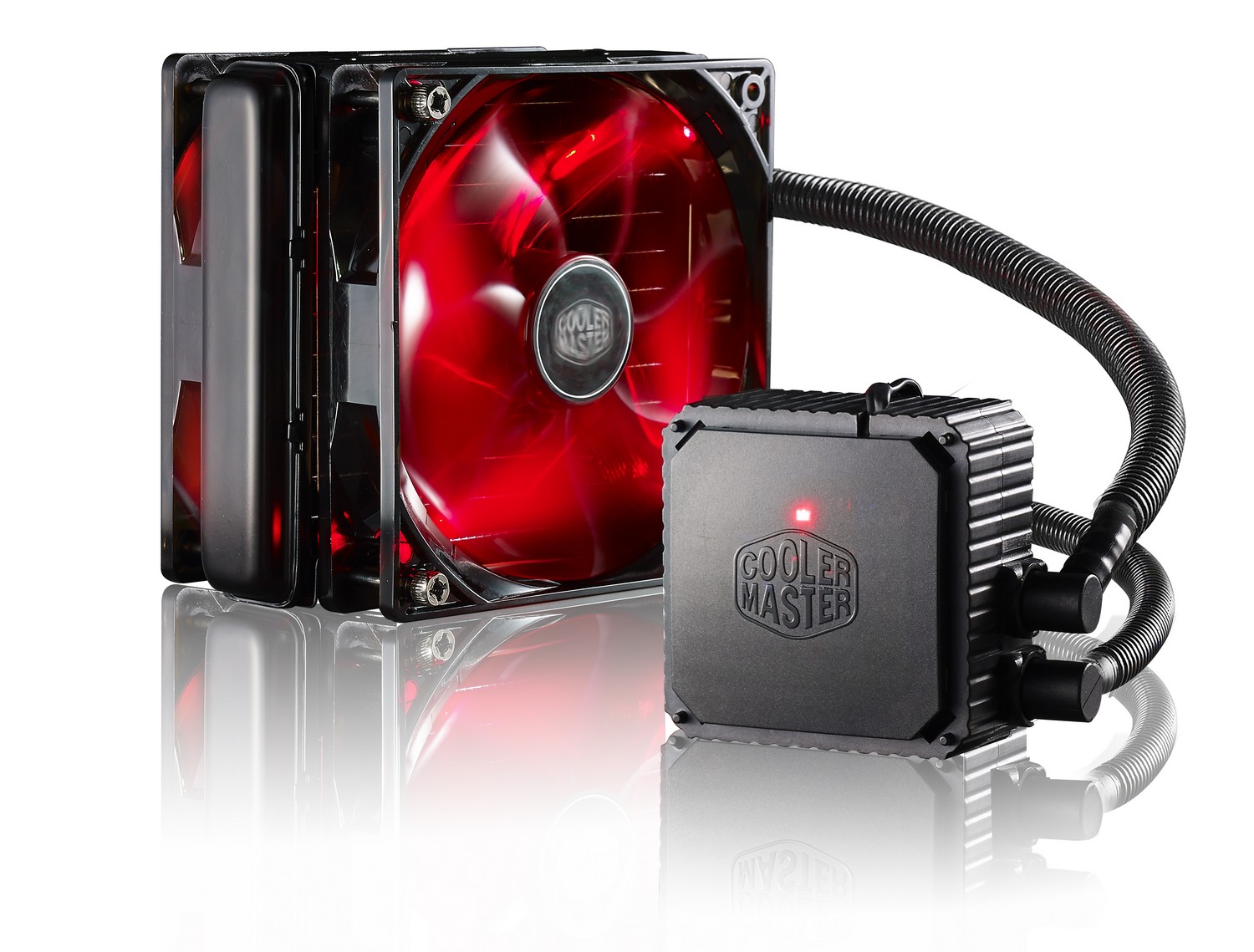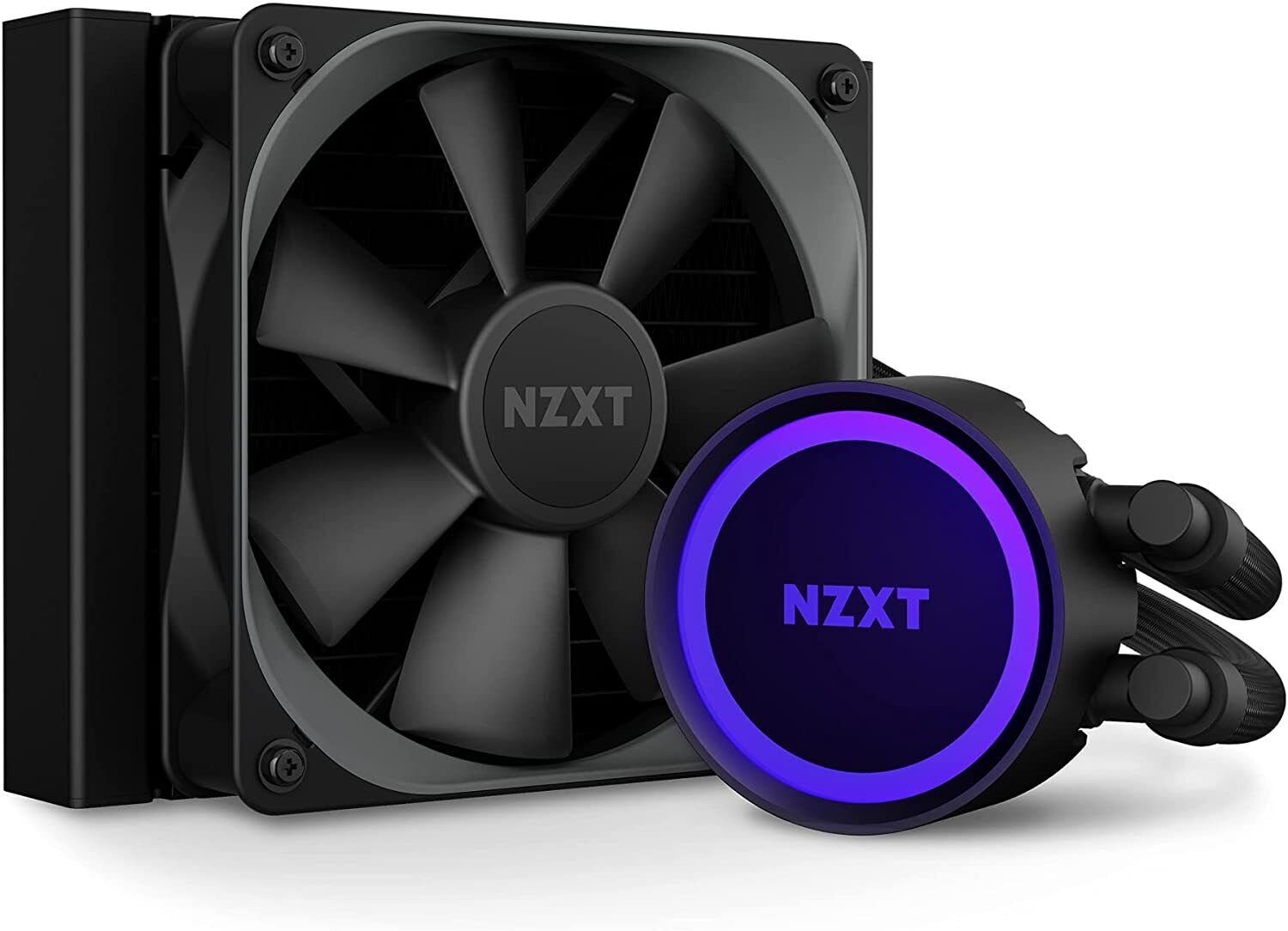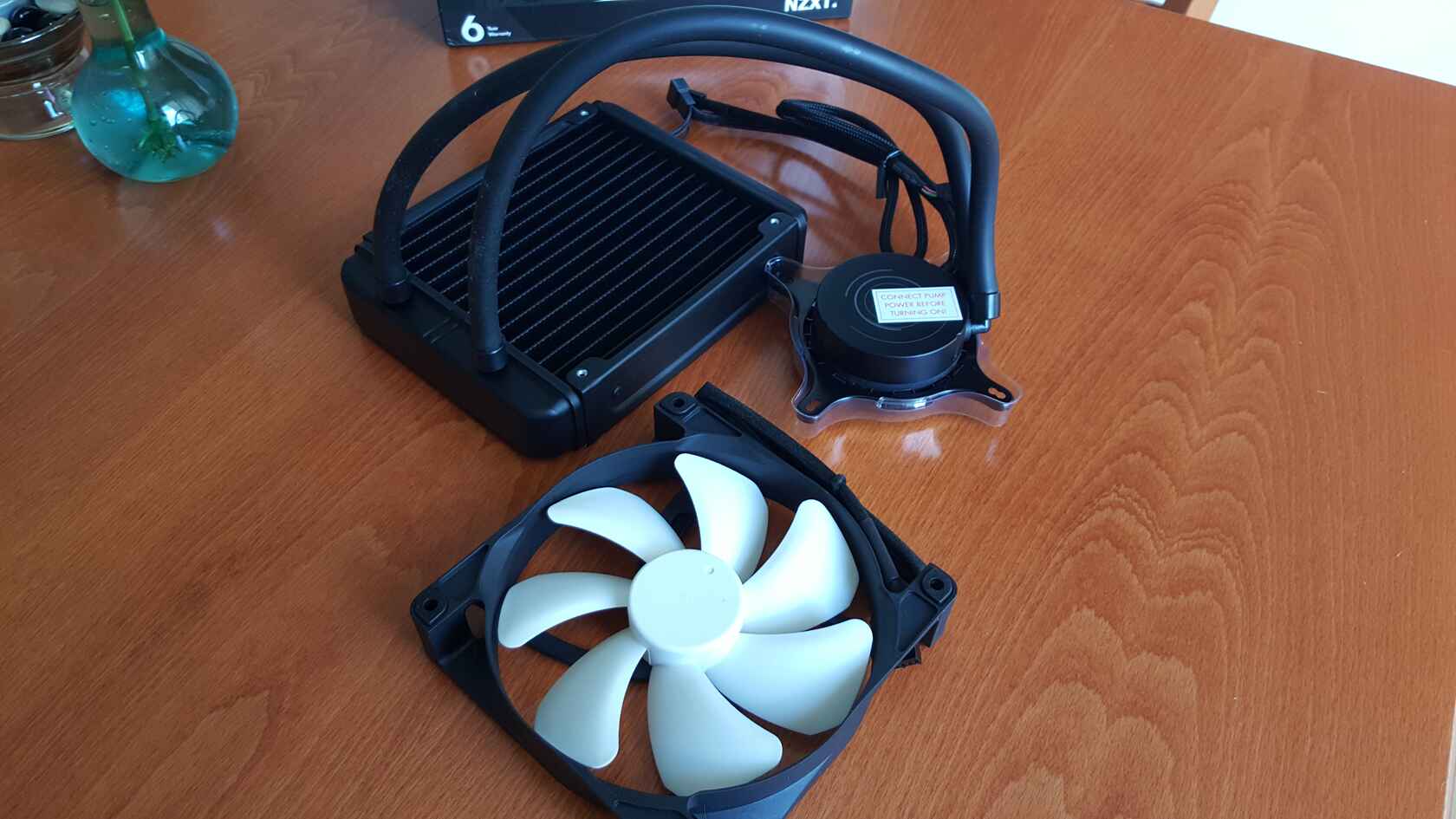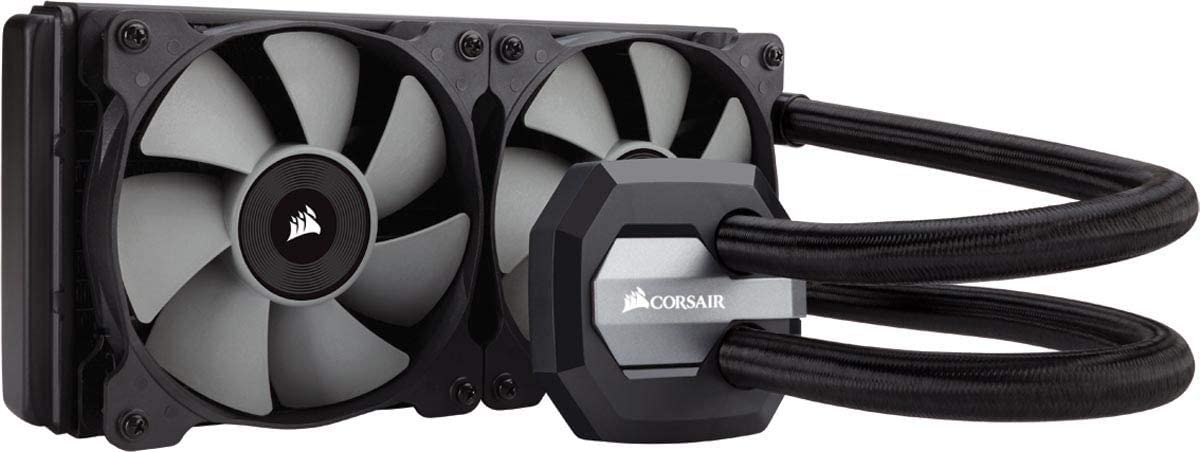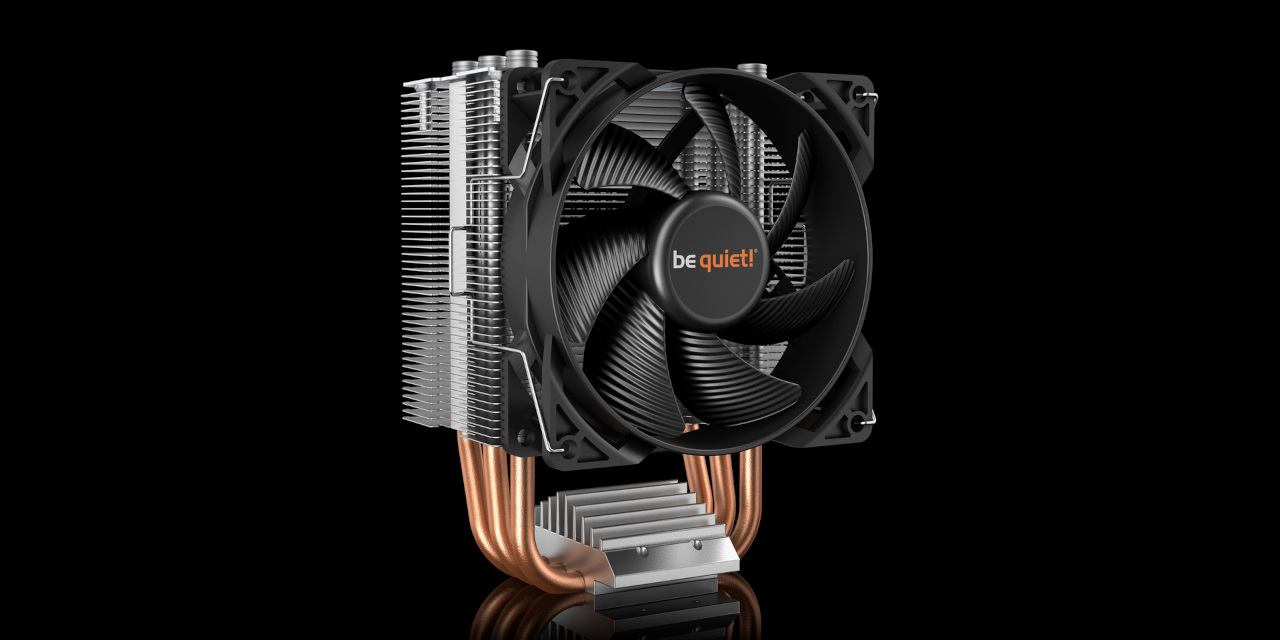Introduction
Welcome to the world of computer cooling! When it comes to maintaining the optimum temperature of your CPU, a crucial component is the CPU cooler. This vital cooling device ensures that your processor doesn’t overheat and keeps it running smoothly.
One key factor to consider when choosing a CPU cooler is its CFM, or Cubic Feet per Minute. CFM measures the airflow capacity of the cooler, indicating how well it can dissipate heat and keep your CPU cool. Understanding CFM and its importance can help you make an informed decision while selecting the right CPU cooler for your system.
In this article, we will explore the concept of CFM for CPU coolers, discuss why it is essential, provide recommendations for different types of processors, and even offer tips on how to optimize your CPU cooler’s CFM for peak performance. Whether you’re a seasoned PC builder or a novice enthusiast, this guide will equip you with the knowledge you need to ensure efficient cooling and prolong the lifespan of your CPU.
So, if you’re ready to dive into the world of CFM and unlock the secrets to keeping your CPU cool, let’s get started!
What is CFM?
CFM, or Cubic Feet per Minute, is a unit of measurement used to quantify the airflow capacity of a cooling device. It indicates the volume of air that can be moved by the device within one minute. In simpler terms, CFM measures how much air the CPU cooler can push or pull to dissipate heat effectively.
CFM plays a crucial role in the cooling performance of a CPU cooler. The higher the CFM, the more air the cooler can move, resulting in better heat dissipation and lower CPU temperatures. Therefore, it is a critical factor to consider when choosing a CPU cooler that can handle the thermal demands of your processor.
It’s important to note that CFM alone does not determine the effectiveness of a CPU cooler. Other factors such as heatsink design, fan speed, and the overall cooling system also contribute to its performance. However, CFM serves as a primary indicator of a cooler’s airflow capacity and is used as a reference point when comparing different models.
CFM values can vary greatly depending on the type of CPU cooler. For example, stock coolers that come bundled with processors typically have lower CFM ratings, as they are designed to provide basic cooling for average usage. On the other hand, high-performance aftermarket coolers often boast higher CFM ratings to cater to the needs of overclockers and gamers who require efficient heat dissipation.
To sum it up, CFM is a measurement of the airflow capacity of a CPU cooler and determines its ability to dissipate heat effectively. While it is not the sole indicator of performance, a higher CFM rating generally indicates better cooling potential. Now that you have a basic understanding of CFM, let’s explore why it is essential to consider when choosing a CPU cooler for your system.
Importance of CFM for CPU Coolers
The CFM rating of a CPU cooler directly impacts its cooling efficiency and the overall performance and stability of your computer system. Understanding the importance of CFM can help you make an informed decision when selecting a CPU cooler. Here are a few key reasons why CFM is crucial:
- Effective Heat Dissipation: The primary function of a CPU cooler is to dissipate the heat generated by the processor. A higher CFM rating indicates that the cooler can move a larger volume of air, which in turn enhances the cooling efficiency. This helps to maintain lower CPU temperatures and prevents thermal throttling, ensuring that your system performs optimally even during intensive tasks or gaming sessions.
- Overclocking Support: Overclocking is the process of increasing the CPU’s clock speed to achieve higher performance. However, overclocking also generates more heat. To handle the increased thermal load, a CPU cooler with a higher CFM rating is essential. The increased airflow can effectively dissipate the excess heat, allowing you to push your processor to its limit without risking overheating or instability.
- Noise Reduction: A cooler with a higher CFM rating can often operate at lower fan speeds while still maintaining optimal cooling. This leads to reduced noise levels, providing a quieter computing experience. If noise is a concern for you, choosing a CPU cooler with a higher CFM can help strike a balance between efficient cooling and minimal noise generation.
- Compatibility and Flexibility: CPU coolers with adjustable fan speeds or multiple fan mounts offer flexibility in optimizing airflow, depending on the cooling requirements of your system. Higher CFM ratings provide more room for customization and allow you to adapt the cooling capacity to your specific needs, whether that’s maintaining a silent system or maximizing cooling performance.
- Processor Power and Thermal Design Power (TDP): The power output and TDP of your processor play a significant role in determining the cooling requirements. Processors with higher power consumption and TDP generate more heat and require a CPU cooler with a higher CFM rating to effectively dissipate that heat.
- Case Airflow: The overall airflow within your computer case affects the efficiency of CPU cooling. A well-ventilated case with proper airflow will complement the CPU cooler’s CFM rating. Consider the case’s fan arrangement and ensure that there is sufficient intake and exhaust airflow to facilitate the transfer of heat away from the CPU.
- Overclocking: If you plan to overclock your CPU, you will need a cooler with a higher CFM rating to handle the increased thermal load. Overclocking often results in higher temperatures, and a cooler with a higher airflow capacity will provide the necessary cooling to maintain stability and prevent overheating.
- Heat Sink Design: The design and size of the CPU cooler’s heat sink also affect its cooling performance. A larger heat sink with more surface area allows for better heat dissipation, even with a lower CFM rating. If the heat sink design promotes better airflow and efficient heat transfer, it can compensate for a slightly lower CFM rating.
- Noise Considerations: A higher CFM rating often means a louder fan noise. Consider your personal preference for noise levels and choose a CPU cooler that strikes a balance between cooling performance and noise generation. Some coolers offer fan speed control options to adjust the airflow and customize the noise levels to your liking.
- Entry-Level Processors: If you have an entry-level processor with a lower power consumption and TDP, a CPU cooler with a moderate CFM rating between 30-50 cubic feet per minute should be sufficient to maintain acceptable temperatures. Stock coolers or basic aftermarket coolers often fall within this range.
- Mid-Range Processors: Mid-range processors with higher power consumption and TDP, such as those in the mainstream gaming or content creation category, will benefit from CPU coolers with a higher CFM rating. Aim for a range of 50-80 cubic feet per minute to ensure efficient heat dissipation and avoid thermal throttling under load.
- High-End and Enthusiast Processors: High-end processors, including overclockable models, tend to have higher power consumption and TDP. To handle the increased heat generation, select a CPU cooler with a CFM rating in the range of 80-120 cubic feet per minute or higher. Liquid cooling solutions or high-performance air coolers are often recommended for these processors.
- Multi-Processor or Workstation Systems: For multi-processor systems or workstations with multiple high-power processors, robust cooling is crucial. In these cases, opting for CPU coolers with CFM ratings above 120 cubic feet per minute is advisable. Consider liquid cooling solutions with larger radiators or custom loop setups to ensure efficient heat dissipation.
- Determine the TDP of your processor: The Thermal Design Power (TDP) rating of your processor indicates the maximum amount of heat it generates. This information can usually be found in the specifications provided by the manufacturer.
- Calculate the average temperature increase: Find the difference between the maximum operating temperature of your CPU and the ambient temperature in your environment. This will give you the average temperature increase that needs to be dissipated by the CPU cooler.
- Estimate the required heat dissipation: Multiply the TDP value by the average temperature increase to obtain an estimation of the heat dissipation required in watts. For example, if your processor has a TDP of 95W and the average temperature increase is 20°C, the heat dissipation required would be 95W x 20°C = 1900 Watts per hour.
- Convert the heat dissipation into CFM: To convert the heat dissipation value into Cubic Feet per Minute (CFM), determine the specific heat capacity of air, which is approximately 0.018 BTU/(lb °F). Divide the heat dissipation value by the specific heat capacity and convert from watts to BTU/hour if necessary(using the conversion factor 3.412 BTU/hour = 1 watt). Finally, divide the result by the density of air (approximately 0.075 lb/ft³) to obtain the CFM required.
- Consider additional factors: Keep in mind that this calculation provides a rough estimate. It’s advisable to consider additional factors such as case airflow, overclocking, and personal preferences for noise levels when selecting a CPU cooler with the appropriate CFM rating.
- Choose a suitable CPU cooler: Select a CPU cooler that is specifically designed for your processor and its thermal requirements. High-performance aftermarket coolers or liquid cooling solutions often have higher CFM ratings and provide better cooling capabilities compared to stock coolers.
- Ensure proper installation: Properly install the CPU cooler according to the manufacturer’s instructions to maximize airflow. Ensure that the cooler is securely mounted and that the thermal paste is applied correctly to ensure optimal heat transfer between the CPU and the cooler.
- Keep the cooler and surrounding area clean: Dust and debris can accumulate on the cooler and fans, impeding airflow and reducing cooling efficiency. Regularly clean the cooler and surrounding areas to maintain optimal airflow and prevent overheating.
- Manage cable routing: Proper cable management within your computer case can help improve airflow and prevent cables from obstructing the CPU cooler’s fan. Neatly route cables away from the cooler to ensure smooth and unrestricted airflow.
- Optimize case airflow: Ensure that your computer case has adequate airflow to complement the CPU cooler’s CFM rating. Strategically place case fans for proper intake and exhaust airflow and consider additional fans or case modifications to improve overall cooling efficiency.
- Monitor temperatures: Regularly monitor the temperature of your CPU to ensure that it stays within safe operating limits. Use software utilities or hardware monitors to keep an eye on temperatures and adjust fan speeds or overclocking settings if necessary.
- Consider fan speed control: If your CPU cooler allows for fan speed control, adjust the fan RPM to optimize the balance between cooling performance and noise generation. Increasing fan speeds can enhance CFM, but it may also increase noise levels. Find the right balance to suit your needs.
- Consider additional cooling measures: Depending on the thermal demands of your system, you may need additional cooling measures such as case fans, liquid cooling solutions, or thermal insulation for better heat management. Assess your specific requirements and explore additional cooling options if necessary.
All these factors highlight the importance of CFM in selecting a CPU cooler that can effectively handle the cooling demands of your processor. To ensure stability, longevity, and optimal performance of your system, it’s crucial to choose a cooler with an appropriate CFM rating that matches the thermal requirements of your CPU.
Factors to Consider when Determining CFM for CPU Cooler
Choosing the right CFM rating for your CPU cooler requires consideration of various factors to ensure optimal cooling performance. Here are some key factors to keep in mind when determining the CFM for your CPU cooler:
It’s important to note that determining the appropriate CFM rating for your CPU cooler involves finding a balance between the cooling requirements of your CPU, the case airflow, and your personal preferences for noise levels. It’s advisable to consult the manufacturer’s recommendations, user reviews, and the experiences of other users with similar configurations to make an informed decision about the CFM rating that best suits your needs.
CPU Cooler CFM Recommendations for Different Types of Processors
When it comes to choosing a CPU cooler, it’s essential to consider the specific requirements of your processor. Different types of processors have varying thermal demands, and selecting a CPU cooler with the appropriate CFM rating is crucial for efficient cooling. Here are some general CFM recommendations for different types of processors:
These recommendations serve as a general guideline. It’s important to check the manufacturer’s specifications and recommendations specific to your processor model. Additionally, factors such as overclocking, ambient room temperature, and case airflow should also be taken into consideration when selecting a CPU cooler.
Remember that CFM rating is just one aspect of a CPU cooler’s performance, and it should be evaluated in conjunction with other factors such as heat sink design, fan speed, and noise levels to make an informed decision based on your specific needs.
How to Calculate CFM for CPU Cooler
Calculating the required CFM for a CPU cooler involves considering the thermal requirements of your processor and the desired cooling efficiency. While it can be a complex process, here is a simplified method to estimate the CFM for your CPU cooler:
Remember that this calculation method serves as a general guideline. It’s always a good idea to refer to the manufacturer’s recommendations and consult with experts or experienced users to ensure that you choose a CPU cooler with the appropriate CFM rating for your specific setup.
Tips for Optimizing CPU Cooler CFM
Optimizing the CFM of your CPU cooler involves maximizing its airflow capacity to ensure efficient heat dissipation. Here are some tips to help you optimize the CFM of your CPU cooler:
By following these tips, you can optimize the CFM of your CPU cooler and ensure efficient cooling performance for your processor. Remember to consider the unique characteristics of your system and adjust the cooling configuration accordingly to achieve optimal cooling efficiency and maintain stable temperatures.
Conclusion
Understanding the importance of CFM for CPU coolers is vital in maintaining the optimum temperature and performance of your processor. A CPU cooler with an appropriate CFM rating ensures efficient heat dissipation, prevents thermal throttling, and prolongs the lifespan of your CPU.
In this article, we explored the concept of CFM and its significance in CPU cooling. We discussed the factors to consider when determining the CFM for your CPU cooler, such as processor power, case airflow, and overclocking requirements. Additionally, we provided CFM recommendations for different types of processors, offering a general guideline for selecting a CPU cooler with an appropriate CFM rating for your specific needs.
We also discussed how to calculate CFM for a CPU cooler and provided tips for optimizing its CFM. These tips included choosing the right CPU cooler, ensuring proper installation, maintaining cleanliness, managing cable routing, optimizing case airflow, monitoring temperatures, considering fan speed control, and exploring additional cooling measures when necessary.
Remember, CFM is just one aspect of a CPU cooler’s performance. Other factors such as heat sink design, fan speed, noise levels, and overall cooling system configuration also contribute to its effectiveness. Therefore, it’s essential to strike a balance and consider all these factors when selecting a CPU cooler.
By following the tips and guidelines outlined in this article, you can make an informed decision and optimize the CFM of your CPU cooler, ensuring efficient and effective cooling for your processor. This will not only enhance the stability and performance of your system but also extend the lifespan of your CPU, allowing you to enjoy your computing activities without worrying about overheating issues.
So, whether you’re a hardcore gamer, a professional content creator, or an everyday computer user, it’s time to prioritize keeping your CPU cool and maximize its potential with the right CFM CPU cooler. Happy cooling!







